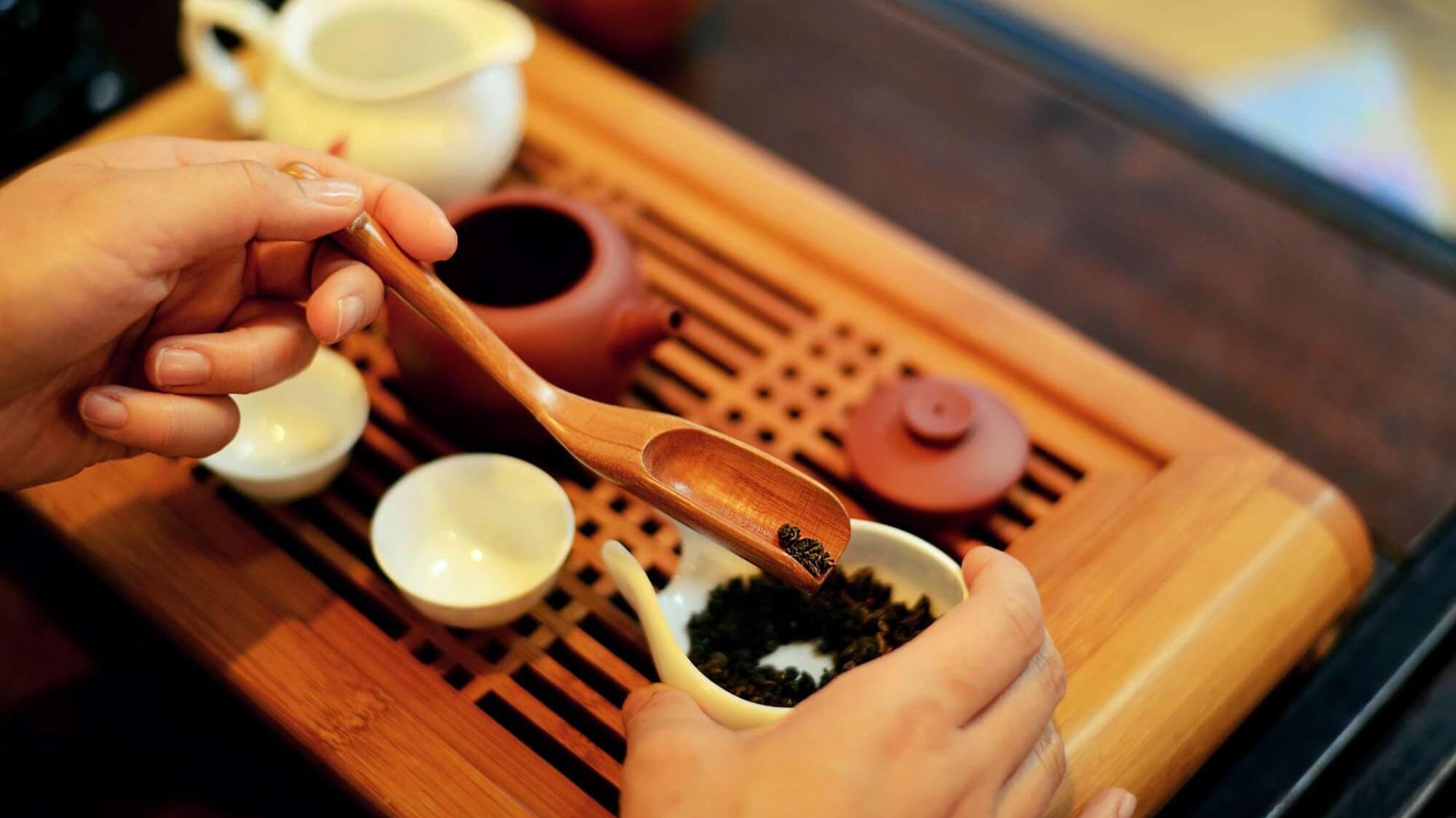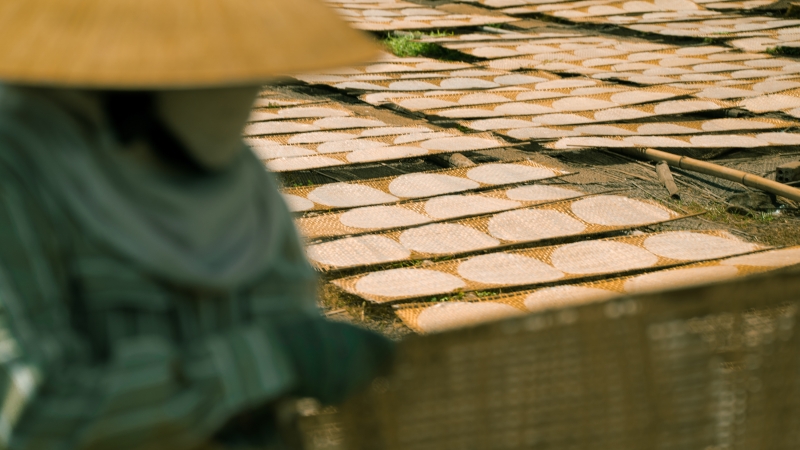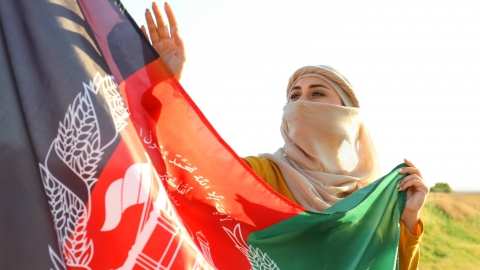Tea culture is like a continuous stream from the past to the present and permeates the life and soul of Vietnamese people. Tea has originated, is closely associated with and has a strong vitality like the life of Vietnamese people in the long process of 4000 years of history.
Vietnamese tea flavor, ancient Vietnamese soul
There is a story that thousands of years ago, during a visit to the South, King Shennong mistakenly drank a type of leaf that was boiled in boiling water. After drinking it, the king not only felt relaxed and refreshed, but the sweet and bitter aftertaste also made people linger. The king called this type of leaf “tea leaf” and he decided to propagate and widely use the tea plant for use.
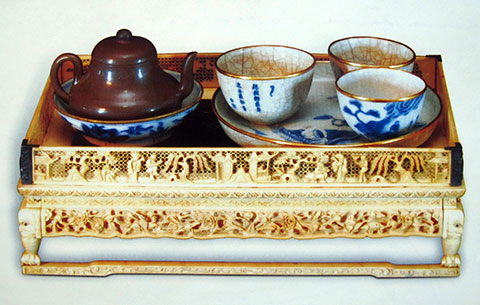
Tea set from Nguyen Dynasty
According to another story, our country's history has been thousands of years under Chinese domination. In order to domesticate the Vietnamese people, China exploited, oppressed, and forced our people to learn Chinese language and Chinese culture. Surely there is Chinese tea culture in it. This is considered a way to absorb Chinese tea culture into Vietnam. However, through thousands of years of building and defending the country, our ancestors considered drinking tea a unique cultural feature of the people of the South with many unique features of our country, from which the art of Vietnamese tea ceremony has been formed with its own nature and flavor.

Tea ceremony preserves the soul and character of Vietnamese people
There was a time when tea was almost exclusively consumed by royalty and noble families. However, it has become increasingly familiar, extremely simple, appearing everywhere and no longer having any class distinction. Although the Vietnamese tea culture has changed a lot, the art of enjoying tea still has its own beauty and reflects the customs and personality of the Vietnamese people.
Because it was used by the upper class, the process of making tea was also very elaborate. Each drop of pure morning dew soaked on the lotus buds was carefully collected and brought back to make tea. The ancients also used rainwater to make tea, giving the cup of tea a sweet taste, especially after drinking, the sweetness will remain in the throat.
The language of the soul in every sip of tea
Unlike the elaborate rituals of Japanese tea ceremony or the long history of Chinese tea, Vietnamese tea ceremony has an unusually simple and rustic beauty. Under the shade of ancient banyan trees or beside cool bamboo fences, Vietnamese people sip tea, their souls seeming to blend with nature.
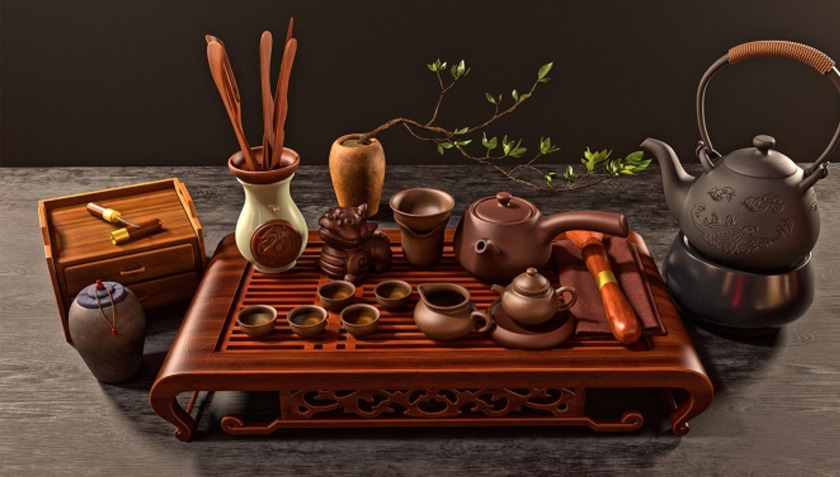
The simplicity of our people is shown in the way they use and enjoy tea.
The banyan tree, the well, the communal house yard are familiar images of the Vietnamese countryside, where neighbors gather to enjoy a cup of fragrant tea. In that cozy space, the neighborly relationship is strengthened, and everyday stories are shared. The simple countryside scenery becomes an ideal space for people to chat and share everyday stories.
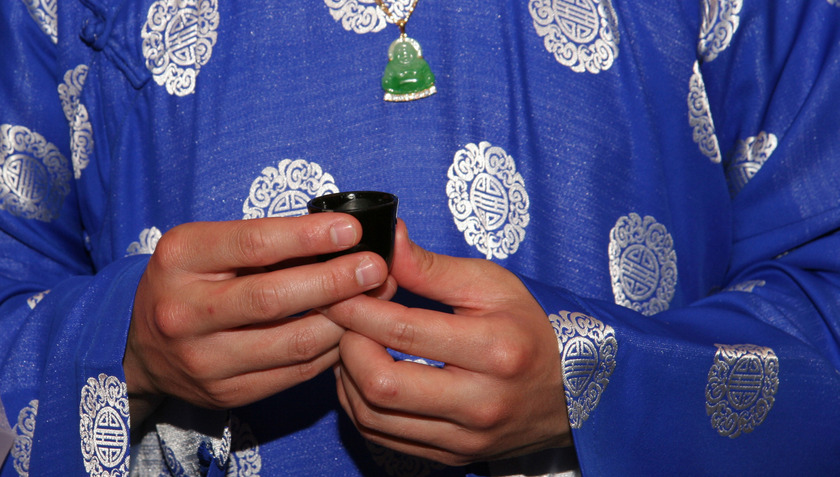
A cup of tea opens the story
"A cup of tea opens the story", is a bridge for strangers to become closer. Despite its rustic and simple appearance, Vietnamese tea ceremony does not mean carelessness, but contains a sophisticated world. Each cup of tea is the result of a harmonious combination between nature and the talented hands of the artisan. With skillful hands and a love of tea, they have breathed life into each sip of tea, creating unique, unforgettable flavors. Despite its rusticity, the flavor of Vietnamese tea is still rich, sweet and bitter, with a distinct character.
Speaking of principles, we must mention "First water - Second tea - Third cup - Fourth vase - Fifth group of heroes”. The “first water” used to make tea must be rainwater collected from the sky or natural spring water. And later, many people also use deep well water or morning dew on leaves to make tea. The water will be boiled and cooled to about 75-90 degrees Celsius depending on the requirements of each type of tea so as not to lose its original flavor.
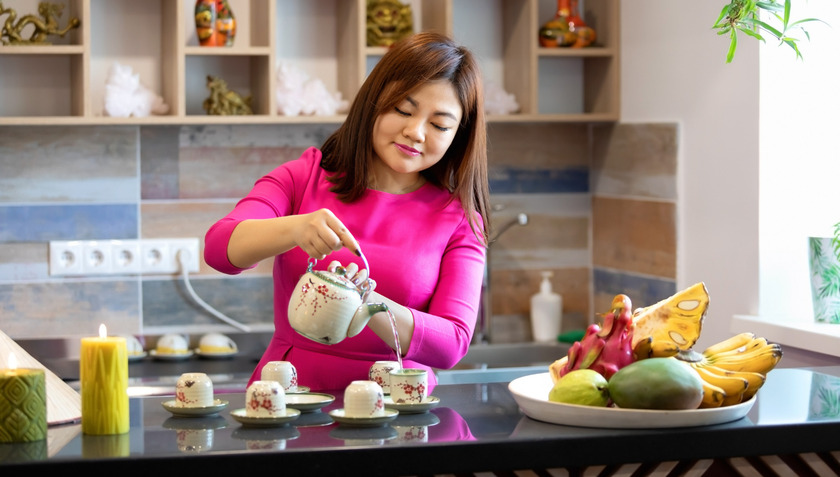
In fact, drinking tea is considered an art, at the top of culinary arts.
“Second tea” is the type of tea used that must meet five criteria: color, clarity, aroma, taste, and spirit. The brewed tea must have a refined color, a light but not faint aroma, a moderately warm temperature, and a sweet and astringent aftertaste. And finally, “spirit” – the appeal of the tea that makes it unforgettable for the drinker.
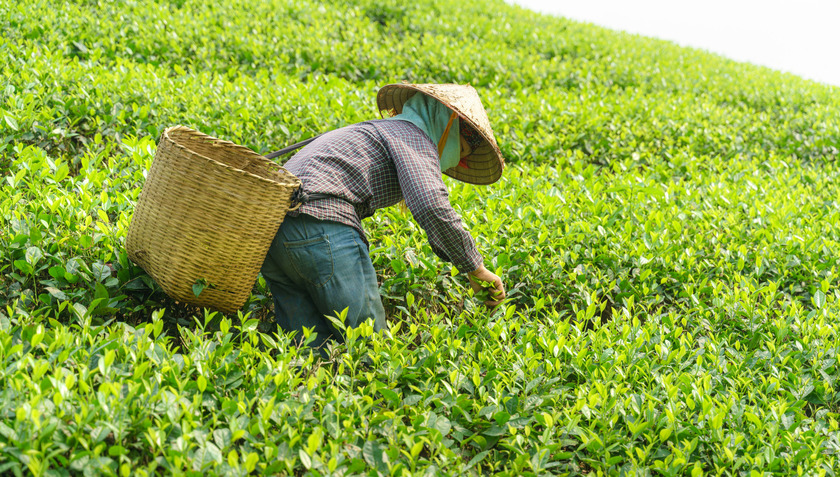
The tea leaves used also carry their own stories.
“Tam boi” means tea cups, the tea cups must be enough for the number of people using them. Before pouring tea, the tea cups need to be rinsed with boiling water to keep them clean, and when pouring tea, there will be no temperature difference. “Tu binh” is the teapot. Usually, a clay pot baked at high temperature is used. The teapot must retain heat and not contain any impurities. “Ngu quan anh” or also known as tea friends, drinking tea requires a close friend, a confidant to discuss life matters.
Like “learn to eat, learn to speak/ learn to wrap, learn to open"Before enjoying a cup of good tea, you need to learn how to offer tea. Each time you offer tea, it is a solemn ritual, showing respect and gratitude. The gesture of "three dragons holding jade" when lifting the tea cup is not only a technical move but also a solemn greeting, conveying sincere feelings.
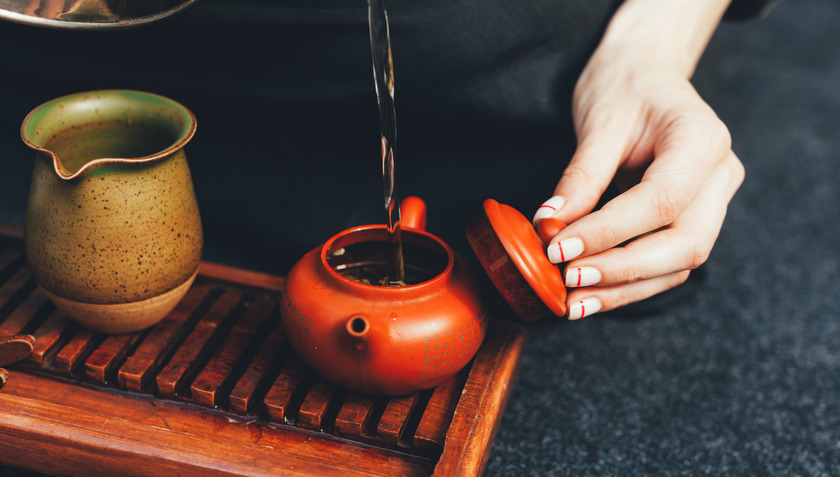
The ancients drank tea not only to enjoy the flavor of the tea. They also paid attention to the content of their tea conversations.
In response, the person receiving the tea also holds the cup with both hands, bowing gently as a way to express respect. Enjoying tea is not just drinking but also an art. Each sip of tea is sipped slowly, allowing the tea flavor to spread throughout the mouth, from the initial light bitterness to the sweet aftertaste. It is a moment for the soul to relax, to listen to one's heart.
Enjoying Vietnamese tea ceremony, in addition to feeling the flavor of tea, you should also feel the story of each type of tea. If lotus-scented tea gives an elegant taste, the gentle fragrance makes us feel the coolness and freshness of the morning dew in a lotus pond, then jasmine tea brings a stronger, gentler fragrance and is strangely pure.
Tea drinking culture today has broken free from traditional frameworks, becoming more diverse and richer than ever. Everyone has their own way of enjoying tea, depending on their preferences, lifestyle and circumstances. Drinking tea is not only a pleasure, but also a way to take care of health and balance life.






